Retro Replay Review
Gameplay
Mortimer Beckett and the Time Paradox delivers a captivating hidden object experience built around cleverly scattered object fragments rather than a simple list find. Players assemble pieces in an inventory strip divided into two intuitive categories: puzzle items on the left and misplaced items on the right. This mechanic fosters a genuine sense of discovery as you hunt for gears that unlock mechanisms or jigsaw pieces that reveal crucial tools.
The game’s multi-era structure adds variety to each chapter. Traversing through time portals in Uncle Jerome’s manor, you visit distinct historical periods—ranging from medieval castles to futuristic laboratories. Each location is presented as seamless screens with hotspots that change the cursor: a gears icon for original object placements, a jigsaw piece for puzzles, and a speech balloon to initiate character dialogue. This clear visual feedback ensures you always know what action to take next.
Puzzle integration is another highlight. Beyond hidden object hunts, screens often hide logic puzzles that require clues gathered elsewhere in the game. A handy notebook records every hint automatically, so you never lose track of vital information. Unlimited hints are available via a recharge-based button, highlighting one object fragment at a time without penalizing incorrect clicks—making the experience accessible to both casual players and hidden-object veterans.
Graphics
The artistic direction in Time Paradox is richly detailed, with hand-painted backgrounds that bring each era to life. From the intricate carvings of ancient stone walls to the gleaming chrome of future machinery, every scene feels carefully crafted. This attention to detail makes object hunting both challenging and visually rewarding as you scan for pieces blending into the environment.
Animations are smooth and purposeful. Simple effects—like animated clock gears or steam puffing from a Victorian boiler—add immersion without overwhelming the hidden object gameplay. Character portraits and dialogue scenes are expressive and help maintain engagement, ensuring the story unfolds with visual flair.
Color palettes shift appropriately with each time period: warm, earthy tones for historical settings and cool, metallic hues for futuristic levels. This not only reinforces the mood of each chapter but also subtly guides players’ eyes toward interactive elements. Overall, the graphics strike an excellent balance between beauty and functionality.
Story
The narrative kicks off with Uncle Jerome once again calling on Mortimer’s help, but this time the stakes are higher: time rifts in his manor have sucked anachronistic objects into the wrong era, creating dangerous paradoxes. This premise provides a charming backdrop for each hidden object chapter, giving purpose to every fragment you collect.
Mortimer’s journey through past and future brings him face-to-face with humorous NPCs and quirky historical figures. Conversations are lighthearted and often hint at where to find elusive pieces, blending laughs with subtle gameplay guidance. This interplay between story and mechanics keeps you motivated to explore every nook and cranny of Jerome’s sprawling estate.
As the chapters progress, the paradoxes become more pressing, and the sense of urgency grows. You’ll feel the tension rise when a misplaced futuristic device threatens medieval stability or a medieval artifact disrupts a high-tech lab. The well-paced storyline ties together puzzle solutions and object hunts, transforming what could be a routine hidden object game into a time-traveling adventure.
Overall Experience
Mortimer Beckett and the Time Paradox offers a thoroughly engaging journey for fans of hidden object games and casual puzzle enthusiasts alike. Its combination of object assembly, logic puzzles, and an appealing time-travel narrative ensures gameplay never grows stale. The seamless integration of the notebook and unlimited hints makes the game accessible, while still providing enough challenge to satisfy seasoned players.
The varied eras and beautifully crafted scenes encourage exploration and replayability. Even if you’ve finished a chapter, the desire to hunt down every hidden piece and uncover all the story details will draw you back. The intuitive UI, clear cursor cues, and instant map travel also keep frustration at bay, allowing you to focus on fun rather than frustration.
Ultimately, Time Paradox is more than just a hidden object title—it’s an engaging adventure that successfully blends storytelling, puzzle-solving, and visual charm. For anyone seeking a polished, leisurely puzzle game with a dash of time-travel intrigue, Mortimer Beckett and the Time Paradox is a must-play.
 Retro Replay Retro Replay gaming reviews, news, emulation, geek stuff and more!
Retro Replay Retro Replay gaming reviews, news, emulation, geek stuff and more!
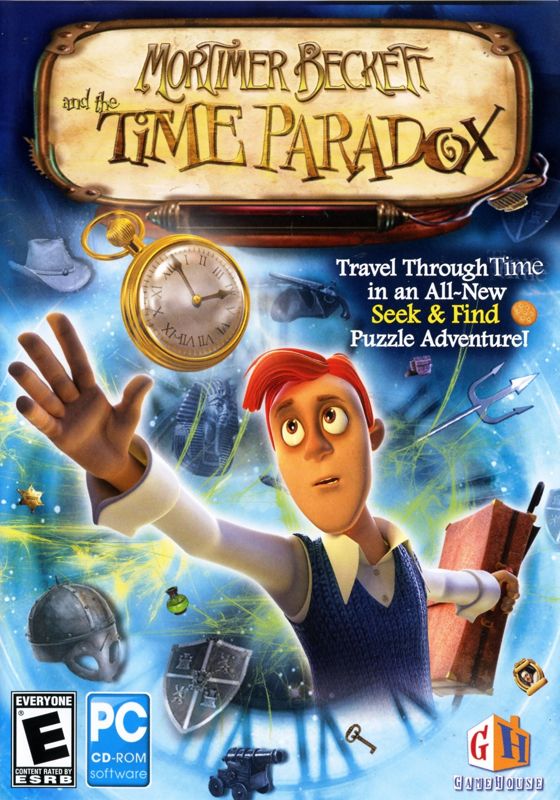
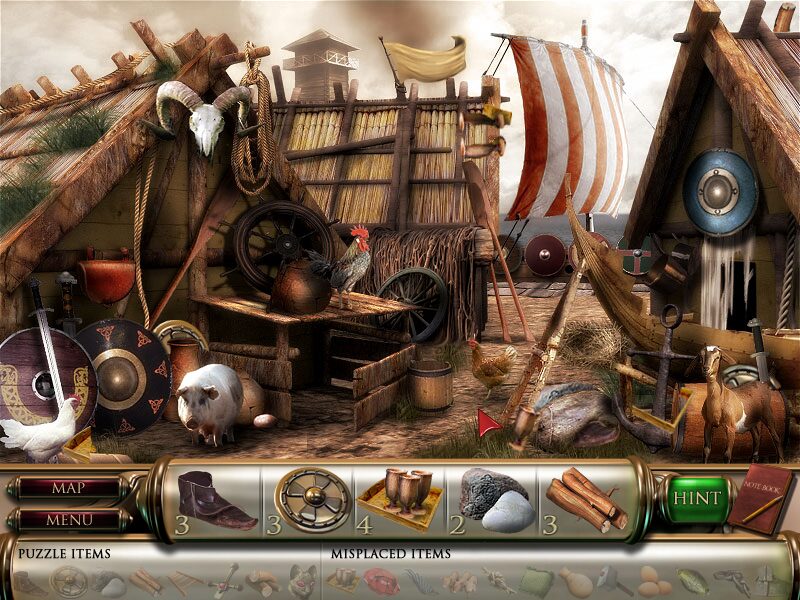
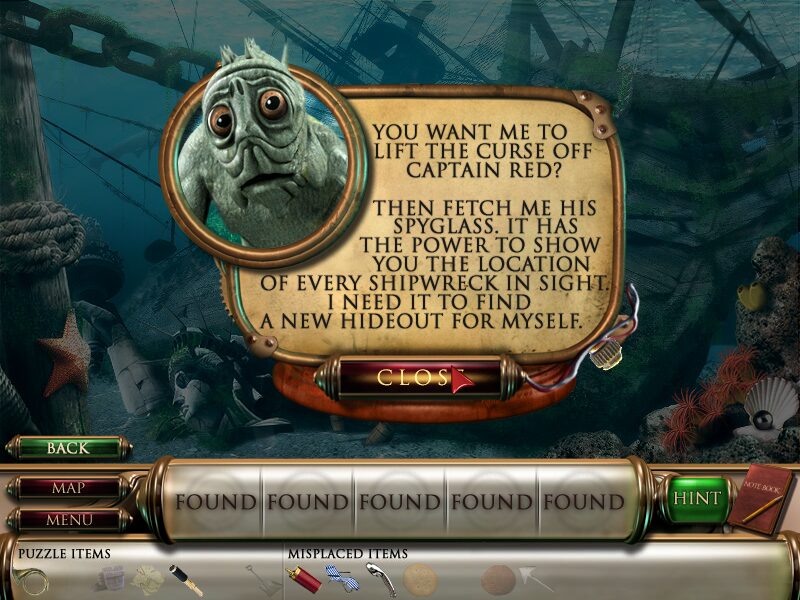
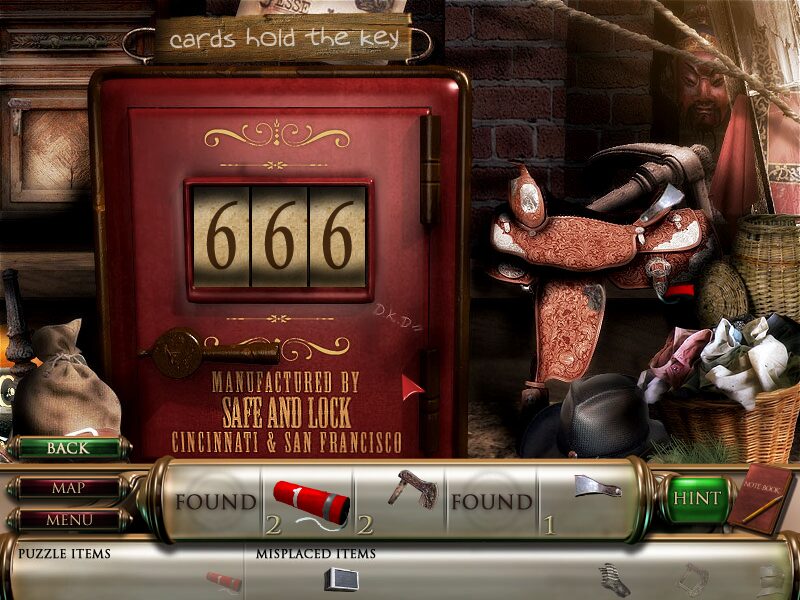
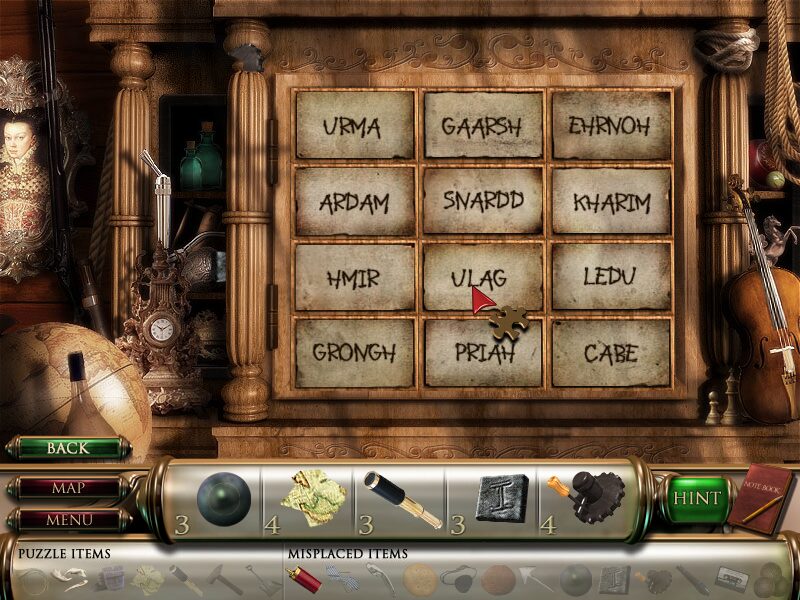
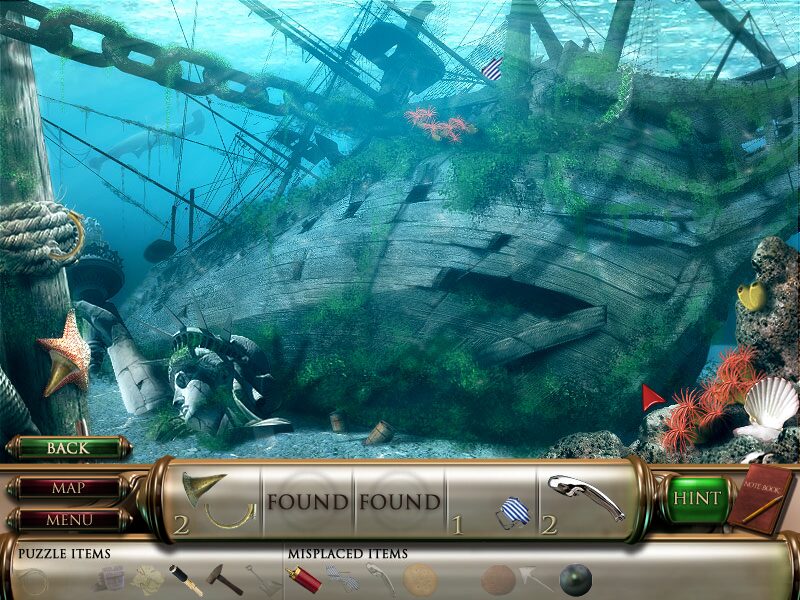


Reviews
There are no reviews yet.